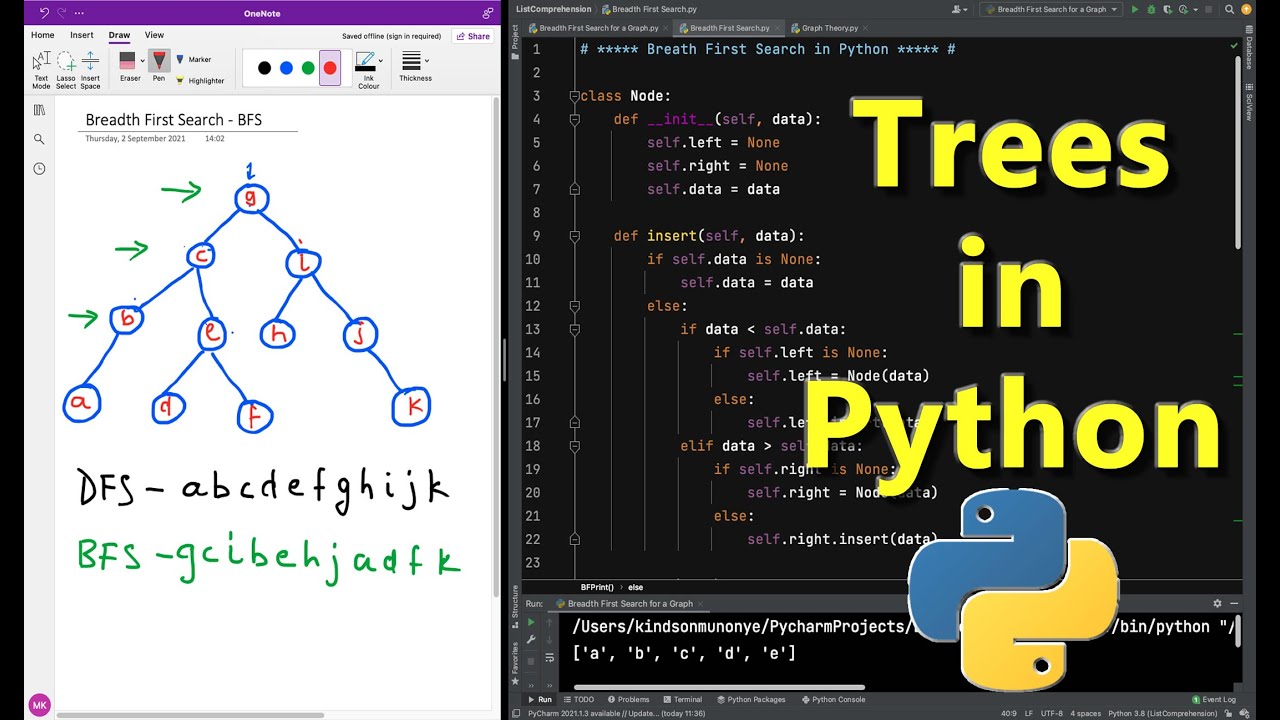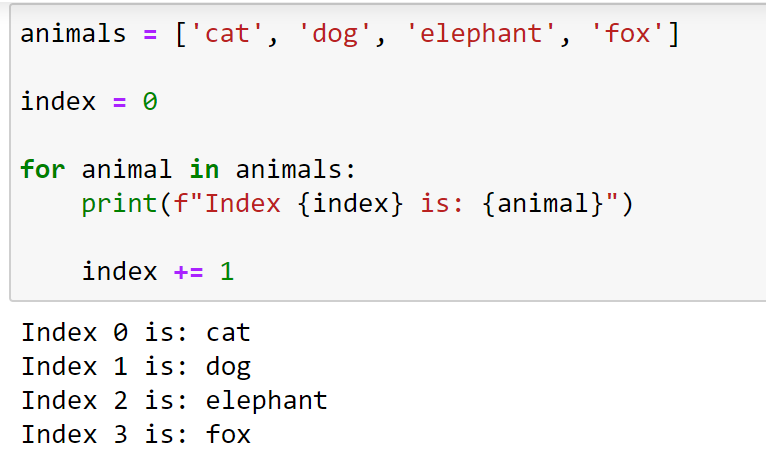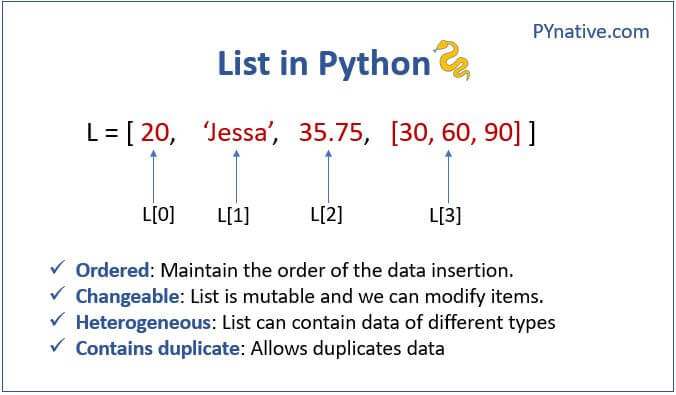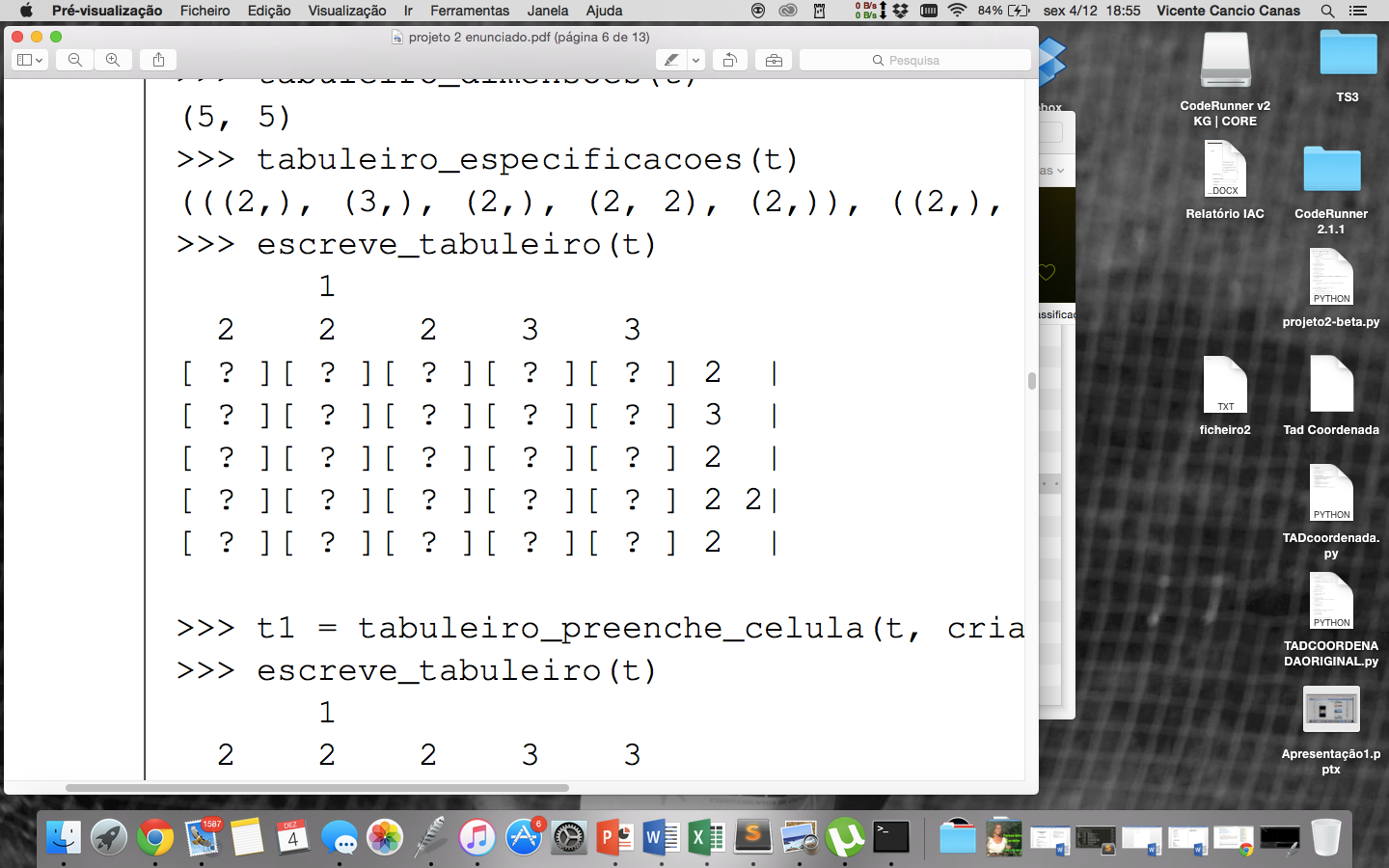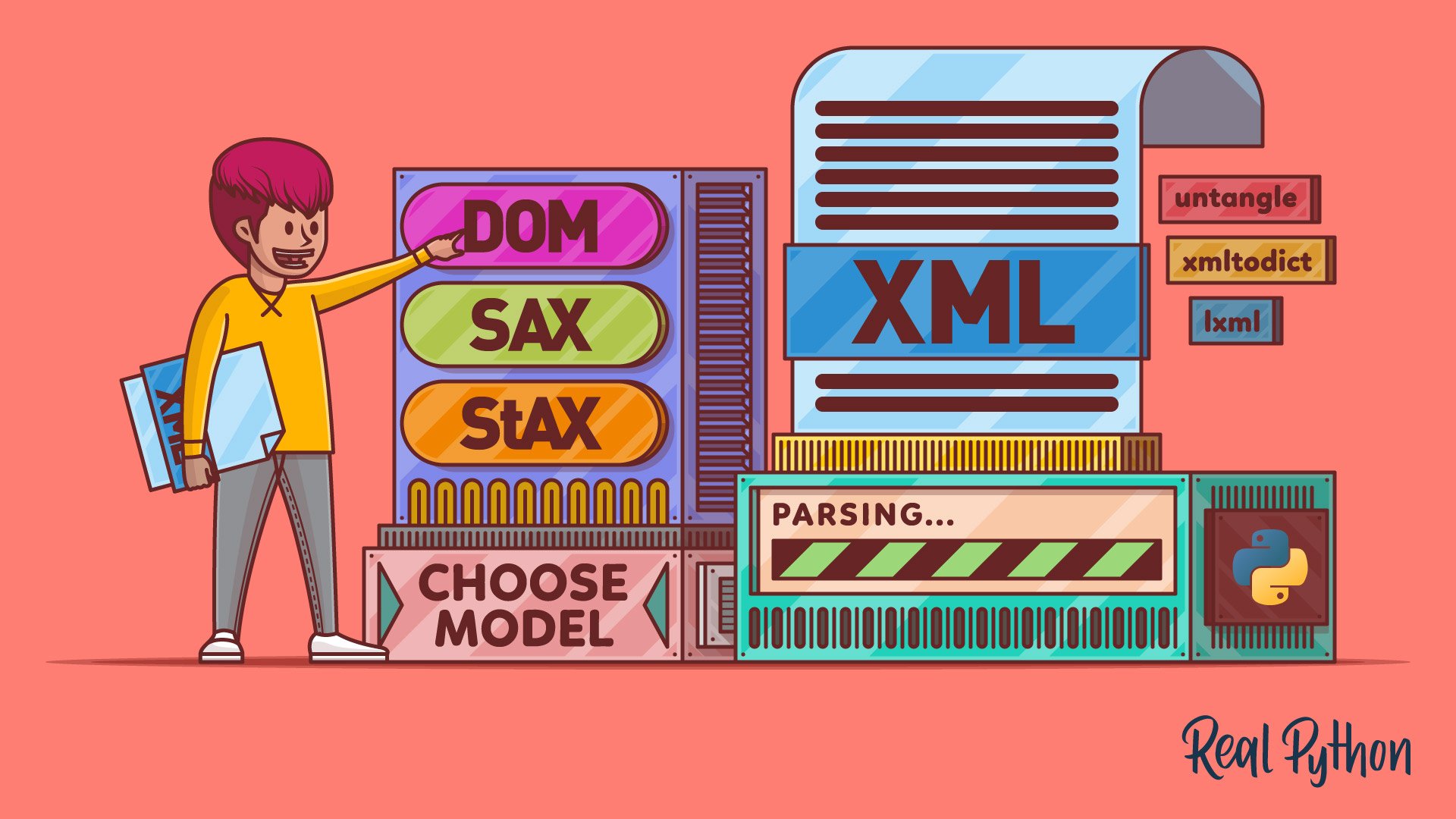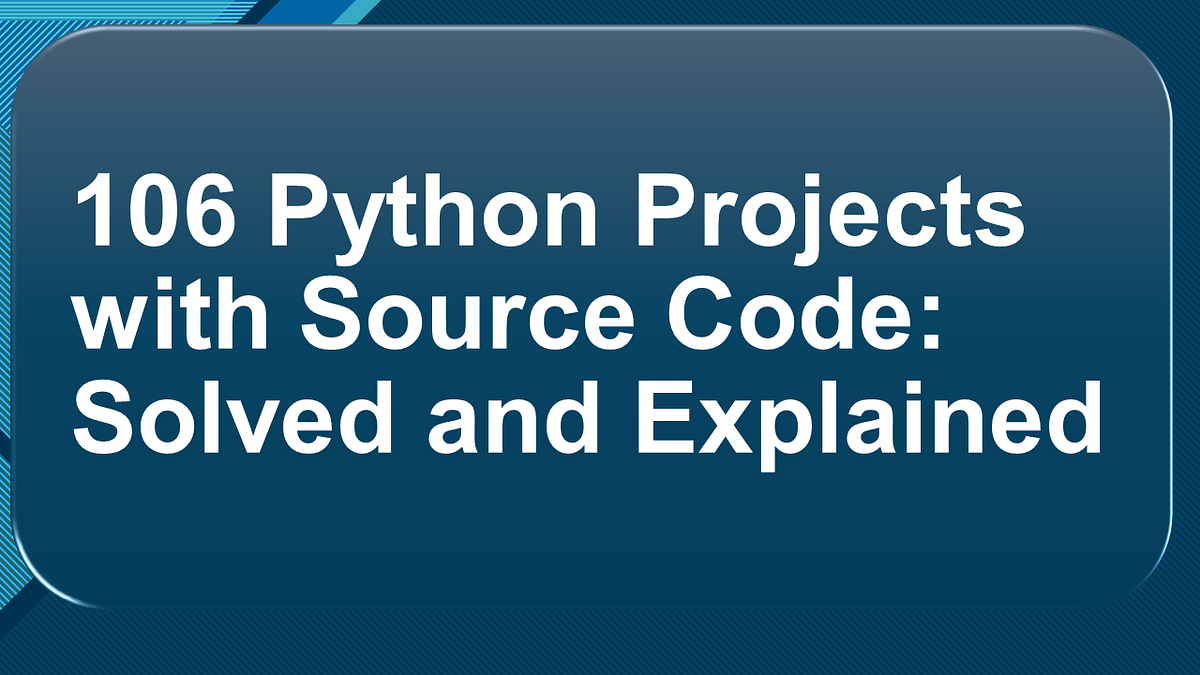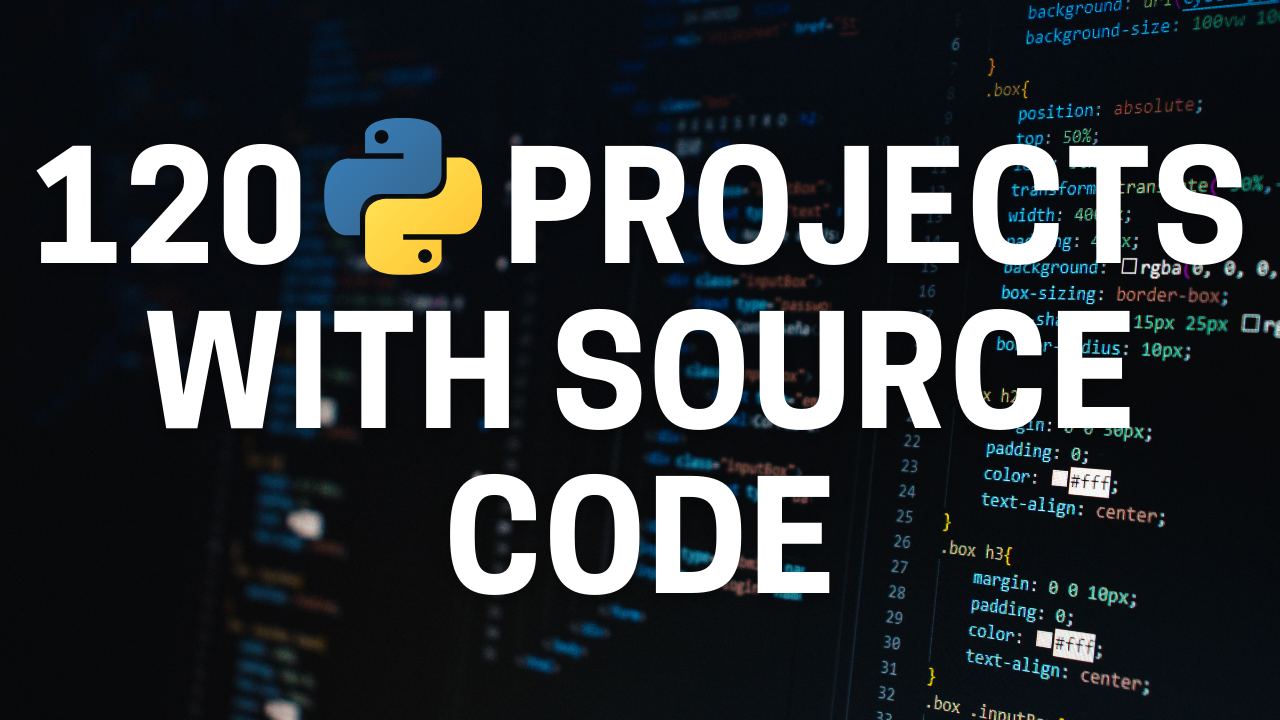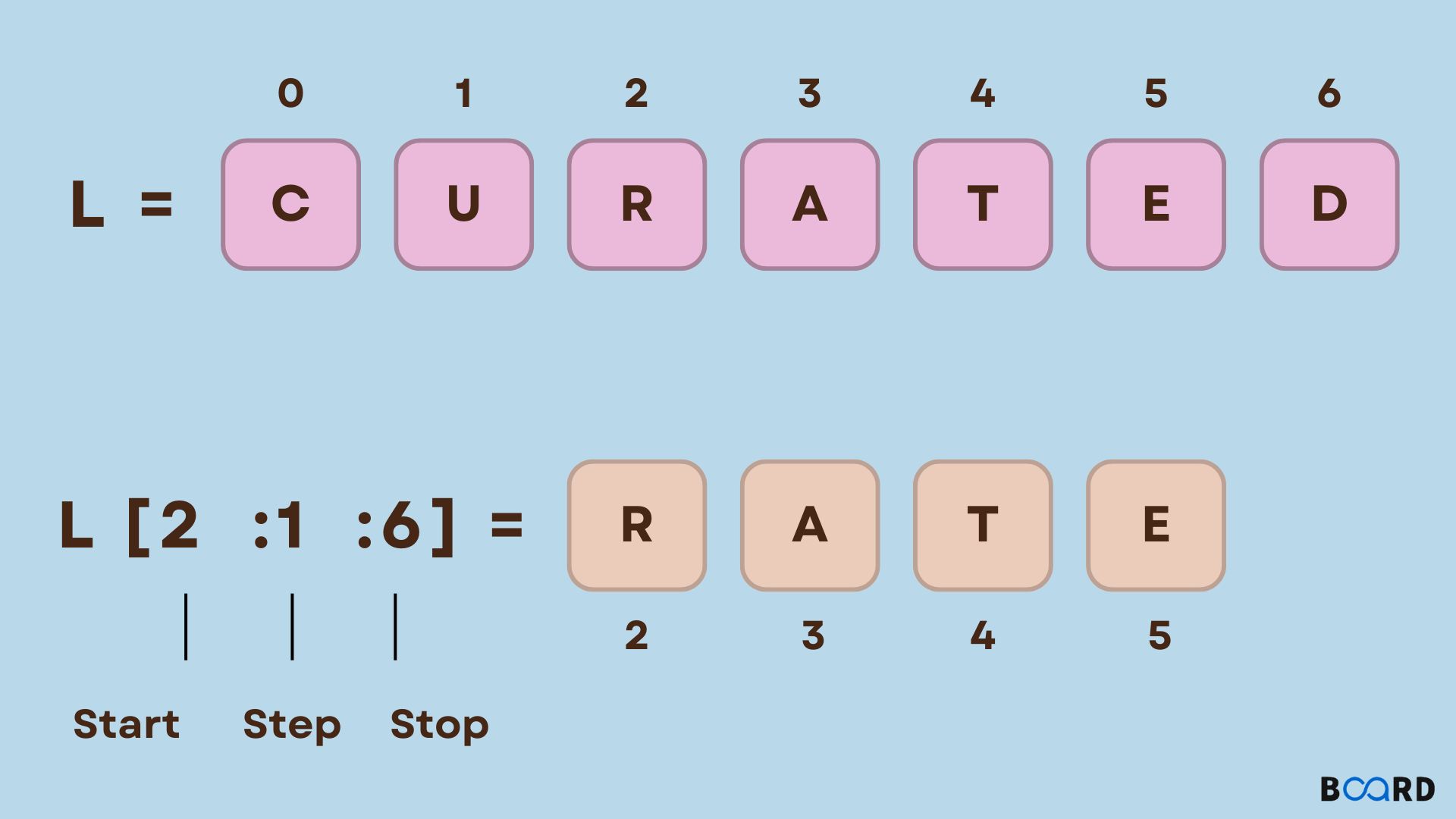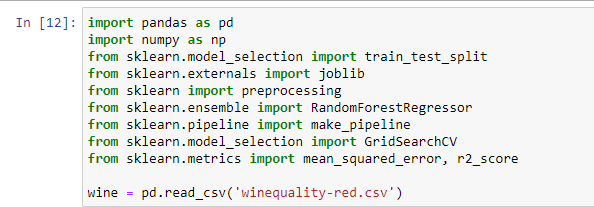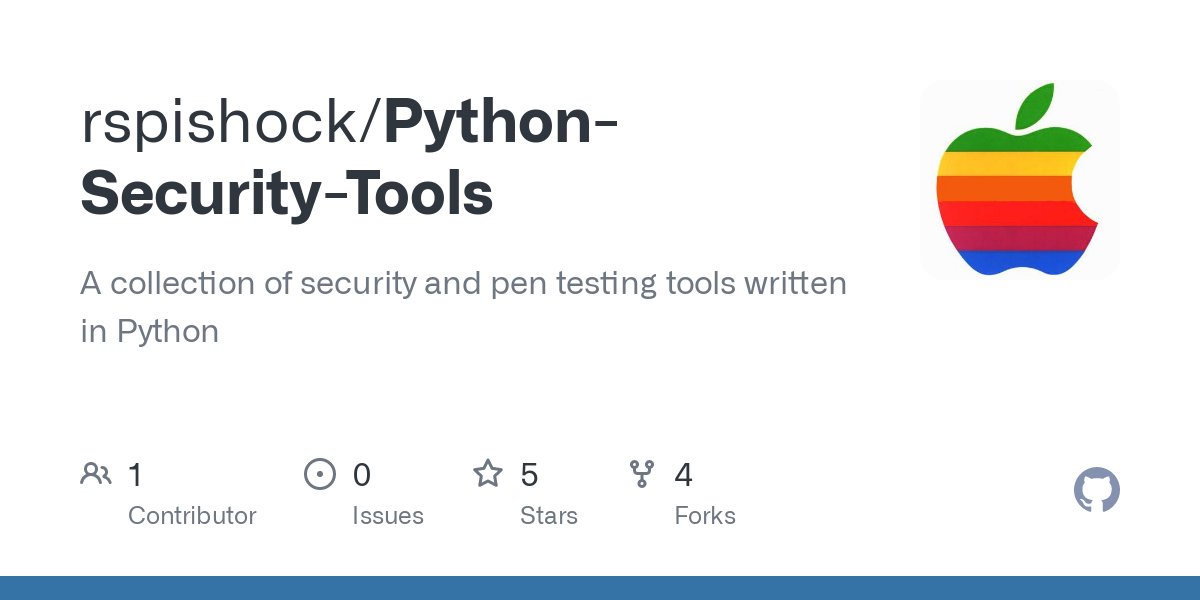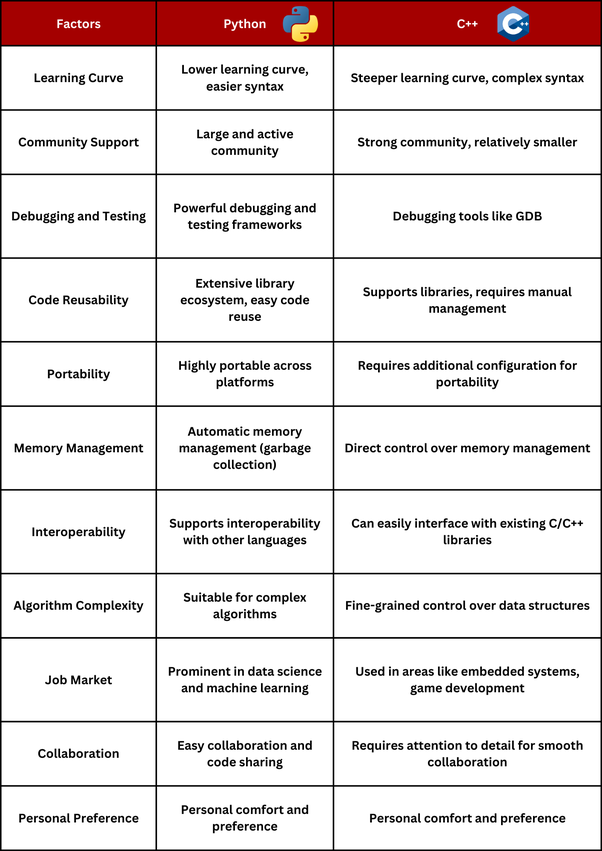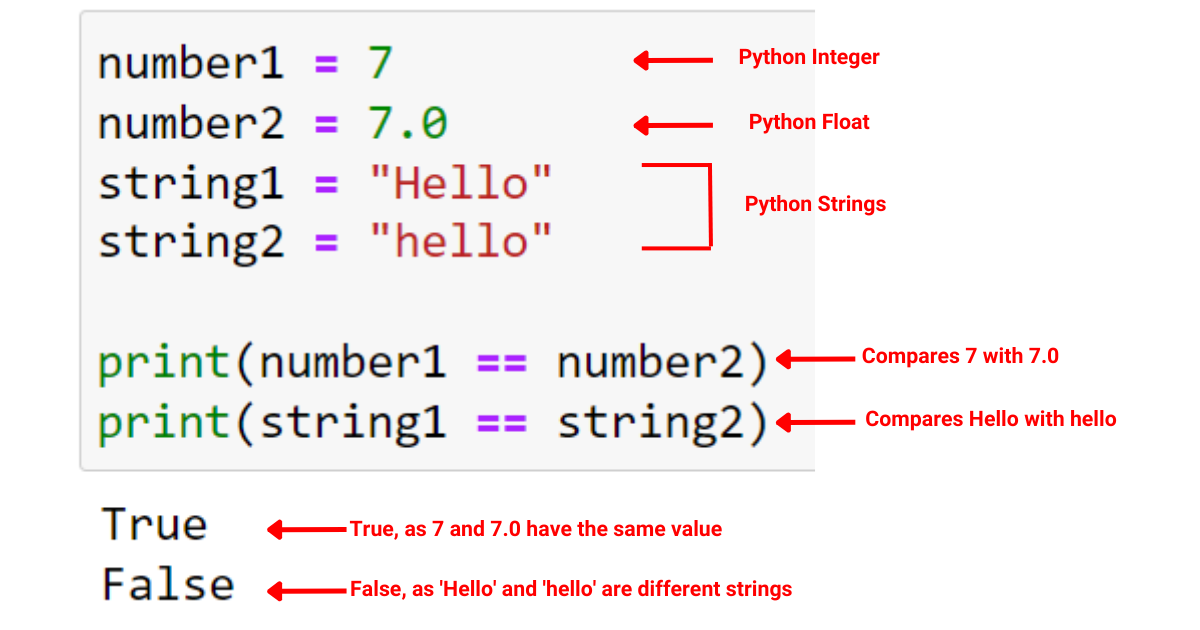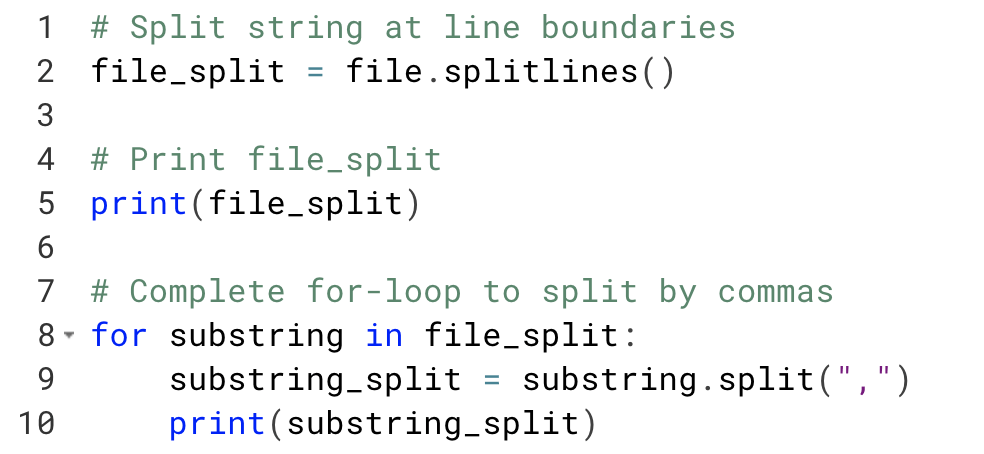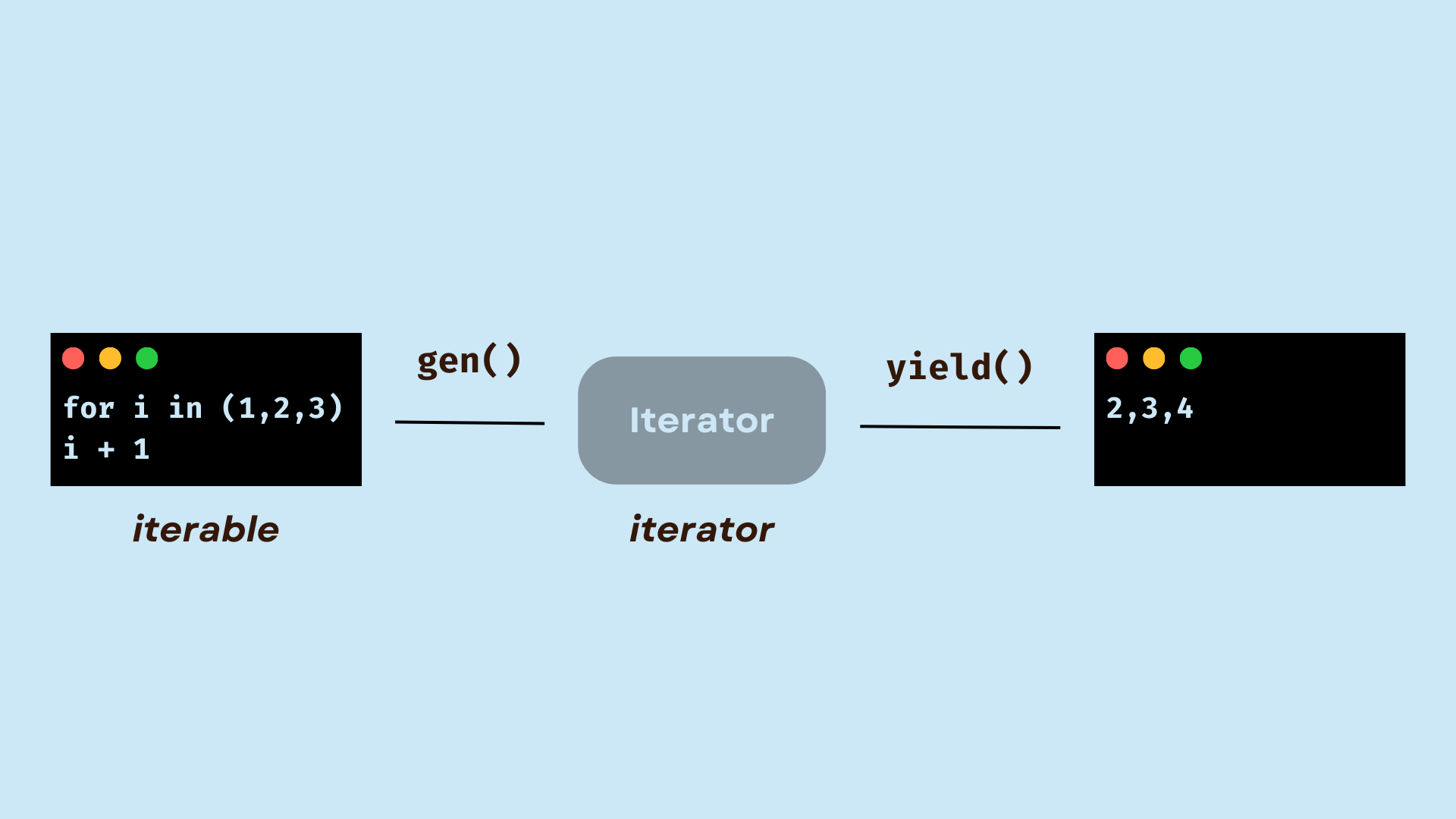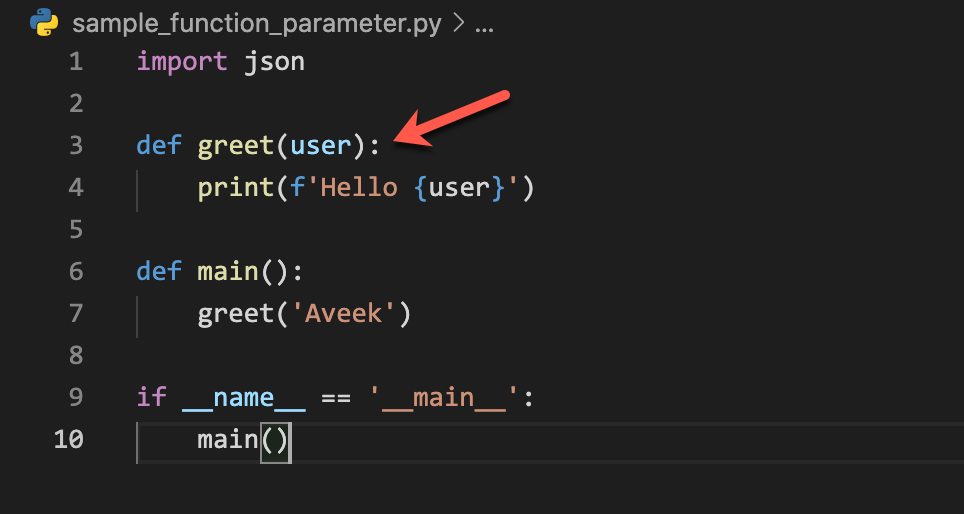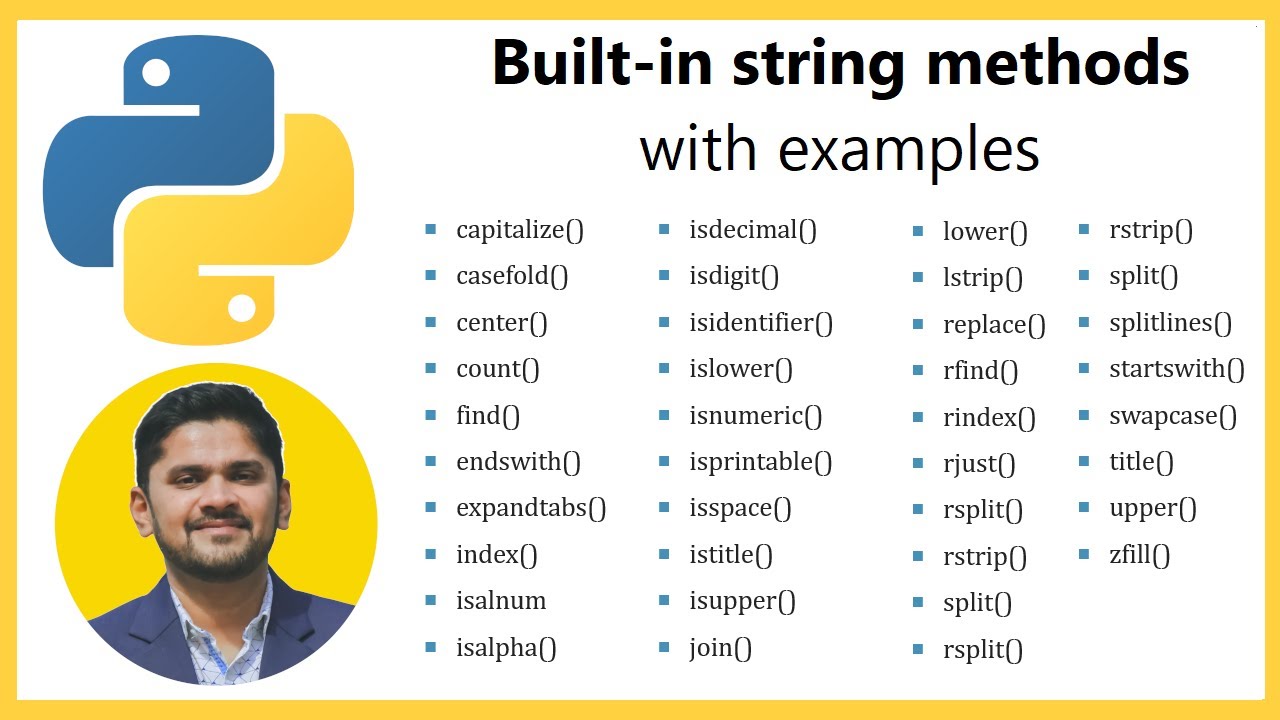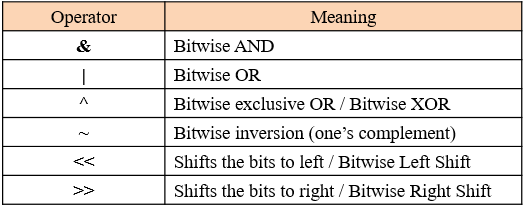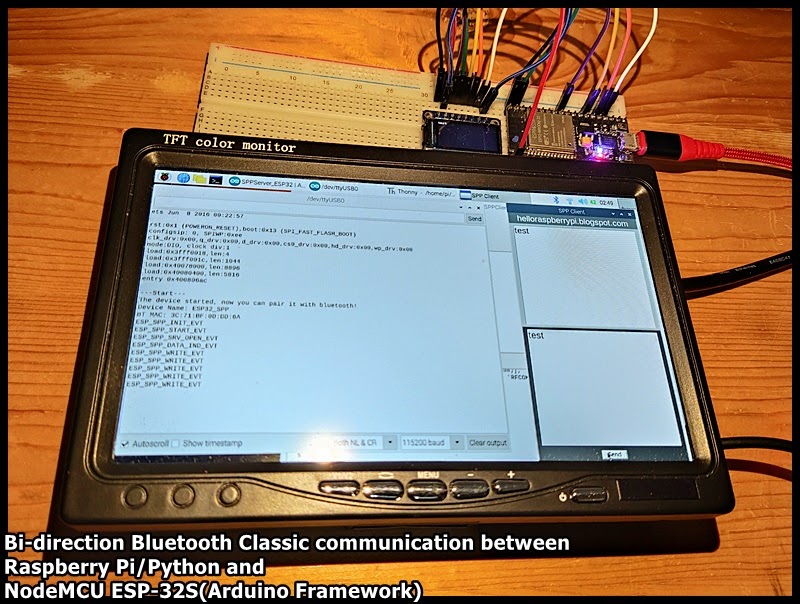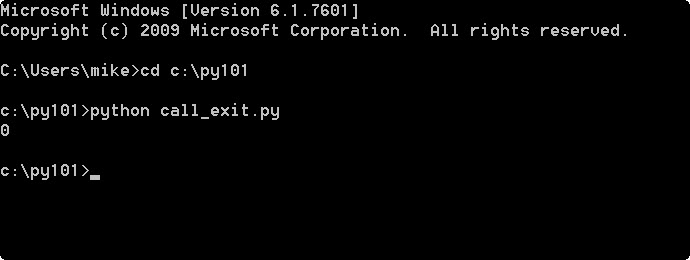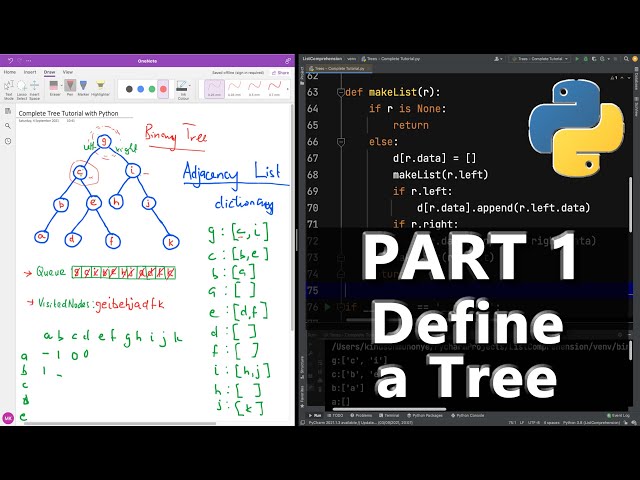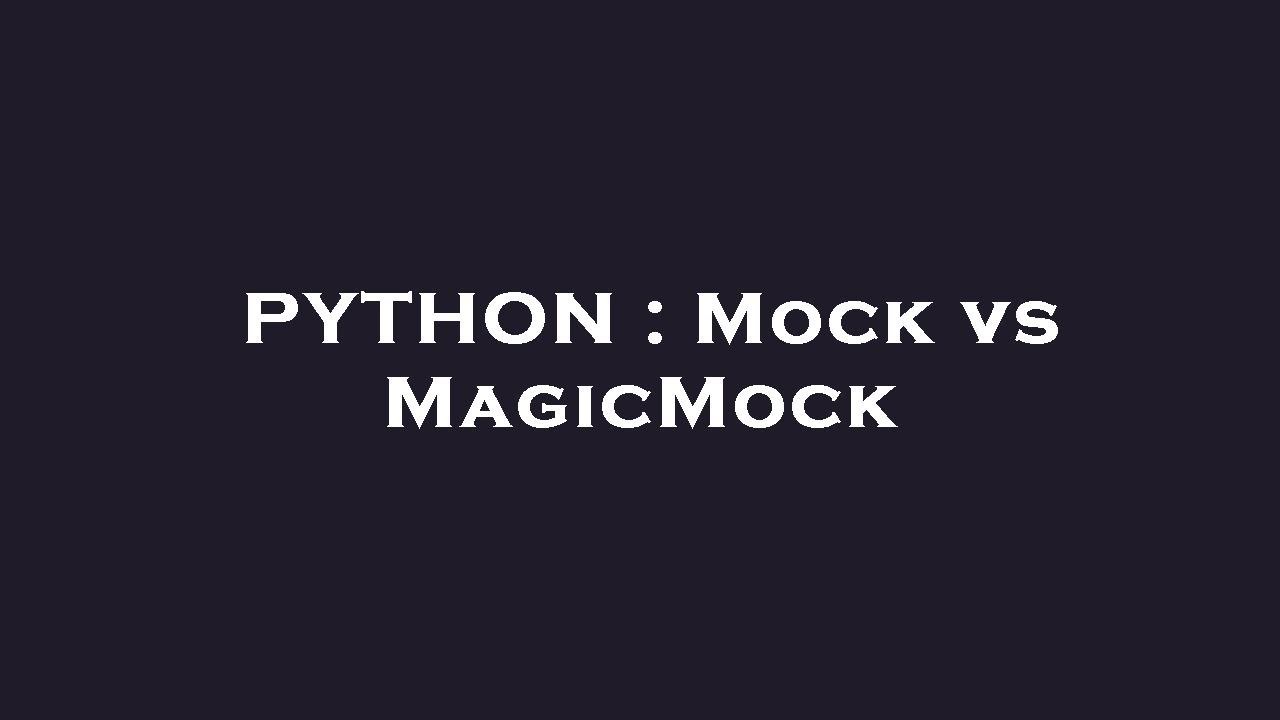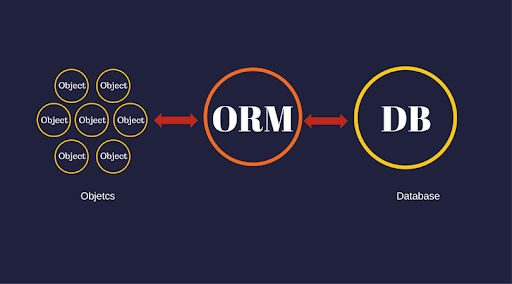Python api development examples
Python api development examples

Here are some Python API development examples:
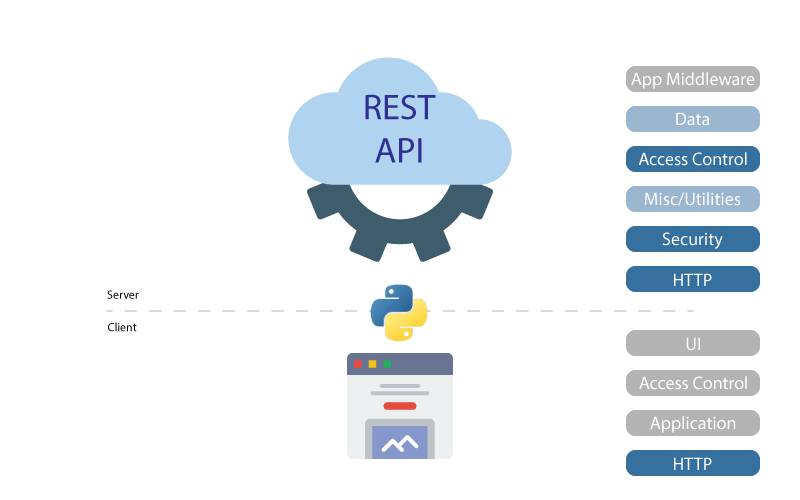
Example 1: Simple RESTful API with Flask
Let's create a simple RESTful API using Flask to store and retrieve user data. We'll use the flask_restful library to handle requests and responses.
from flask import Flask, requestfrom flask_restful import Resource, Api
app = Flask(name)
api = Api(app)
class User(Resource):
def get(self, id):
Return a user by IDreturn {'user': f'ID: {id}'}
def post(self):
Create a new userdata = request.get_json()
return {'user': 'Created successfully'}
class Users(Resource):
def get(self):
Return all usersreturn [{'user': 'User 1'}, {'user': 'User 2'}]
api.add_resource(User, '/users/int:uid')
api.add_resource(Users, '/users')
if name == 'main':
app.run(debug=True)
Example 2: Building a Chatbot with Rasa
Let's build a simple chatbot using Rasa to handle user input and respond accordingly.
from rasa.nlu import entities Define intents and responsesintents = {'greeting': 'Hello, I'm your assistant. What can I help you with?'}
responses = ['Sorry, I didn't quite catch that. Can you try again?']
Define a domaindomain = {'entities': ['time']}
Create an NLU componentnlu = entities.EntityExtractor()
Train the NLU modelnlu.train(intents)
Run the chatbotrasa.run('chatbot', 'localhost', 5005)
Example 3: Building a Microservice with Django
Let's build a simple microservice using Django to handle user requests and process data.
from django.http import HttpResponsedef index(request):
Return a welcome messagereturn HttpResponse('Welcome to our API!')
def process_data(request):
Process user inputdata = request.GET.get('data')
Return processed datareturn HttpResponse(f'Processed data: {data}')
Example 4: Building a GraphQL API with Django
Let's build a simple GraphQL API using Django to handle user queries and mutations.
from django_filters.rest_framework import FilterSetfrom graphene import ObjectType, String
class Book(ObjectType):
title = String()
Define a query typeclass Query(ObjectType):
book = String()
def resolve_book(self, info, **kwargs):
Return a book by IDreturn {'title': 'To Kill a Mockingbird'}
class Mutation(ObjectType):
create_book = String()
def mutate(self, info, **kwargs):
Create a new bookreturn {'message': 'Book created successfully'}
Run the GraphQL APIgraphql_api = Query().as_graphql(schema)
These are just a few examples of Python API development. There are many more libraries and frameworks available to help you build scalable and robust APIs.
Additional Resources
Flask: https://flask.palletsprojects.com/ Rasa: https://rasa.com/ Django: https://www.djangoproject.com/ GraphQL: https://graphql.org/I hope these examples and resources help you get started with building your own Python APIs!
Which Python framework is best for API development?
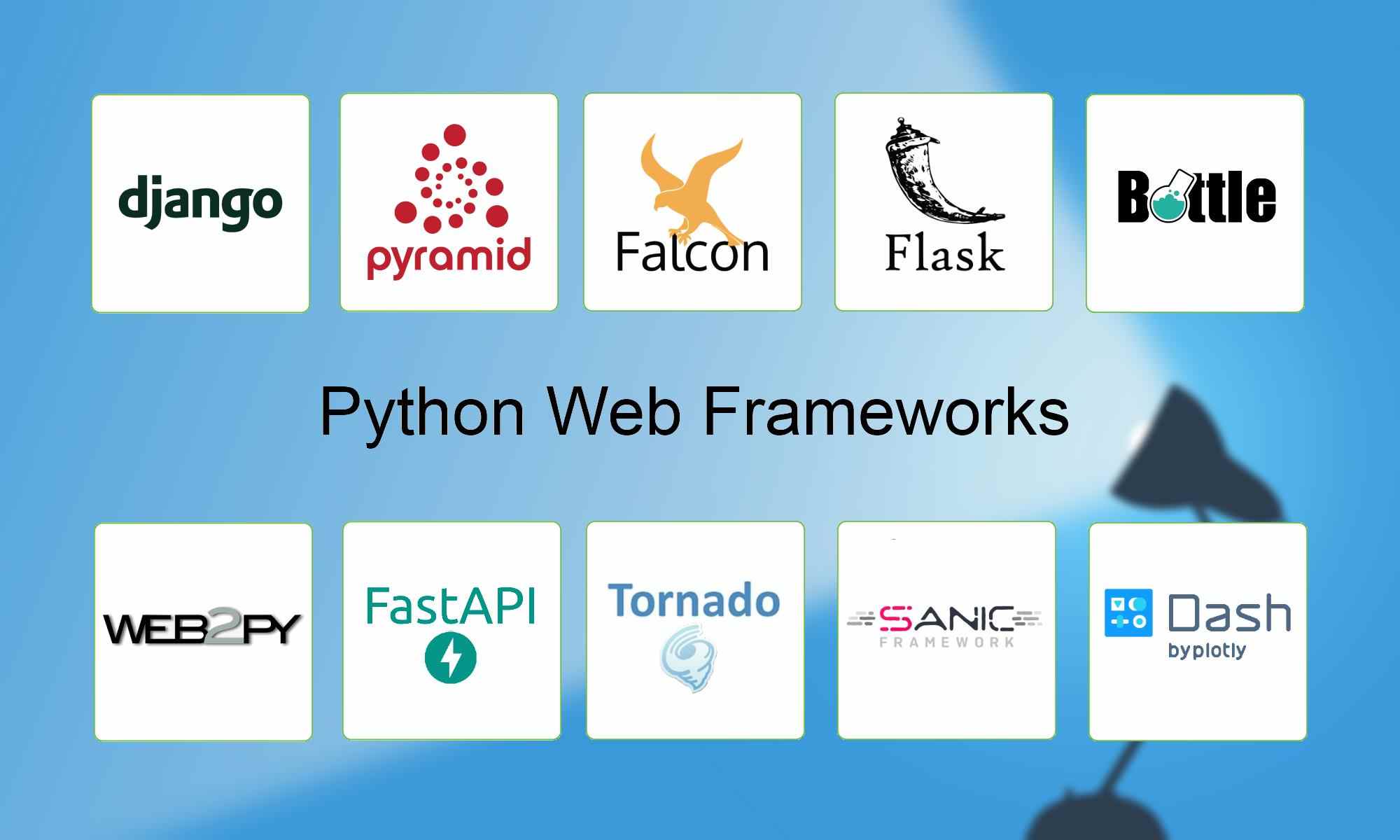
The eternal debate!
In the world of Python, there are several excellent frameworks for building APIs (Application Programming Interfaces). The "best" one depends on your specific needs, goals, and preferences. Here's a brief overview of some popular choices:
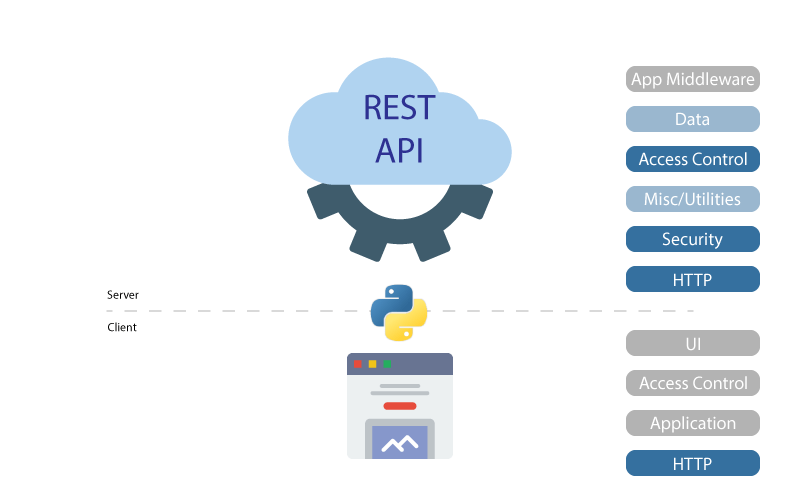
When choosing a framework for API development in Python:
Assess your needs: Are you looking to build a simple RESTful API or something more complex? Do you need robust ORM support or caching mechanisms? Consider the project size and complexity: Flask is well-suited for small projects, while Django can handle larger applications. Evaluate performance requirements: FastAPI excels in terms of speed and scalability, making it a great choice for high-traffic APIs.Here are some key factors to consider:
Rapid development: If you prioritize speed and simplicity, Flask might be the best fit. Complexity and robustness: Django offers more features and support out-of-the-box, but may require more effort to set up and configure. Type checking and performance: FastAPI is designed with these aspects in mind, making it a strong choice for projects that demand high-performance and strong type safety.Ultimately, the "best" Python framework for API development depends on your specific needs, project size, and personal preferences. I hope this helps you make an informed decision!
